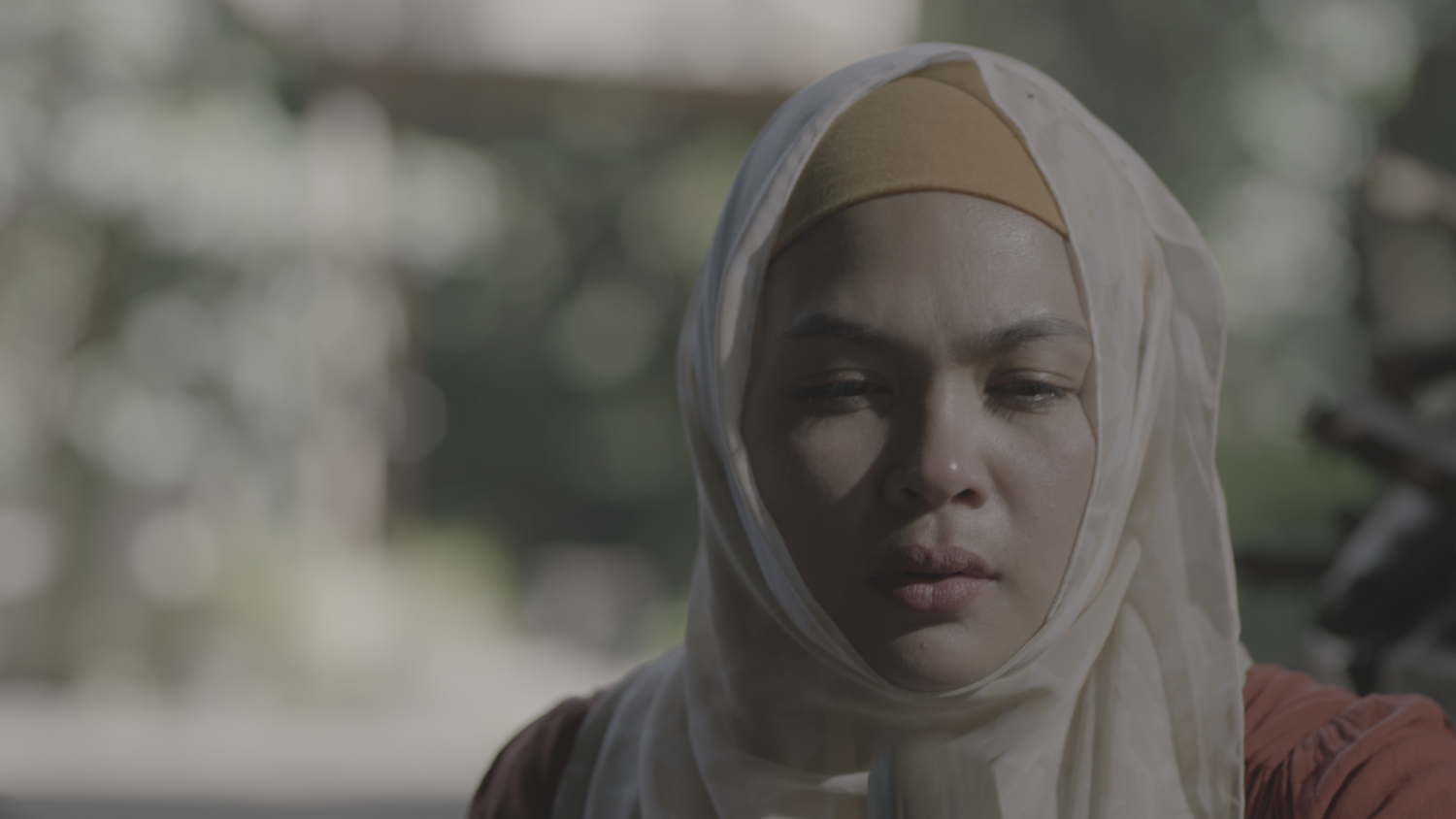By PATRICK V. MIGUEL

LIFE IS a battlefield where there are given challenges to surpass. With this, one has to decide whether to give up or to push through. However, the value of life is to continue fighting. One should always push through every obstacle, no matter how hard it is.
As one of the film entries in the 45th Metro Manila Film Festival, Mindanao is one of the movies that are worth watching as there is a balance of anguish and joy; a striking portrayal of Mindanao. Prior to its release in the Philippines, it was first showcased in the 2019 Busan International Film Festival in October 2019 under the category of Icons.
Under the direction of Brillante Mendoza and the writing of Honce Alipio, Mindanao tells the story of the Datupalo family — Saima (Judy Ann Santos), Malang (Allen Dizon), and Aisa (Yuna Tangog) — as they struggle to face their own battles as a family and as an individual. On one hand, it depicts the struggle of Saima, a mother who is witnessing the suffering of her daughter Aisa, whose tumor is gradually pushing her to the grave. On the other hand, it also narrates the story of Malang, a soldier who finds trouble in choosing between his duty and his family.
As indicated by its title, Mindanao derives its setting in the eponymous island group located in the southern part of the Philippines. Despite harboring heavy themes such as war, death, and illness, the film was able to celebrate the beautiful side of its setting. Through its use of various art disciplines — namely folk dance — the film was able to capture the rich culture of the place by incorporating the concept of malala, traditional Muslim burial rites, religion, music, and Mindanao literature.
Above all else, the film’s strength lies in how the main characters portrayed their respective roles and how the characters were written. Saima (Santos) is an admirable woman who never runs out of hope despite knowing that her daughter’s condition is getting worse, which showed a realistic representation of a loving mother. Saima rowed her own battles silently as she held Aisa, who fought her sickness.
Judy Ann Santos’ portrayal of Saima is the most celebrated feature of the film. Her technique of putting out raw emotions made it easier for the audience to empathize with what she is going through as a woman whose daughter is dying slowly. Thus, her awards as Best Actress in the 41st Cairo International Film Festival and 45th Metro Manila Film Festival are well-deserved.
In addition, Malang (Dizon) is a tormented man with major decisions to make. He is conflicted on whether to serve and fight for the country, or to be by the side of his own daughter. What should be more interesting about his character is that he is facing discrimination in the army because of his religion, however it was not tackled much in the film.
Beyond the film’s live action is also its integration of a storybook animation. Narrated by Saima, she tells the epic of Mindanao as a place that is being attacked by two dragons. In connection to the Datupalos’ story, the dragons symbolize the obstacles and challenges the characters have to defeat.
The film imparts the value of never losing hope in the midst of ongoing battles, literally and figuratively. It provides three different types of heroes in the film; a mother who is struggling to keep the family together, a cancer-patient who is fighting for her life, and a soldier who is battling for his noble causes. It also presents the possibility of Christians and Muslims coexisting together in a society without prejudice, in which they are unified through shared goals as seen in the film’s House of Hope — a home for sick children in the film.
Mindanao leaves the audience with a lesson they can carry throughout time. Suffering will always be present as it is inevitable, but at the end of every rain, the sun will rise again and the trees will grow; taller and stronger on the cherished soil much like the people who surpass hardships. Flowers will bloom into colorful ruffles, and the thunder of the past will soon be forgotten and forgiven. F



